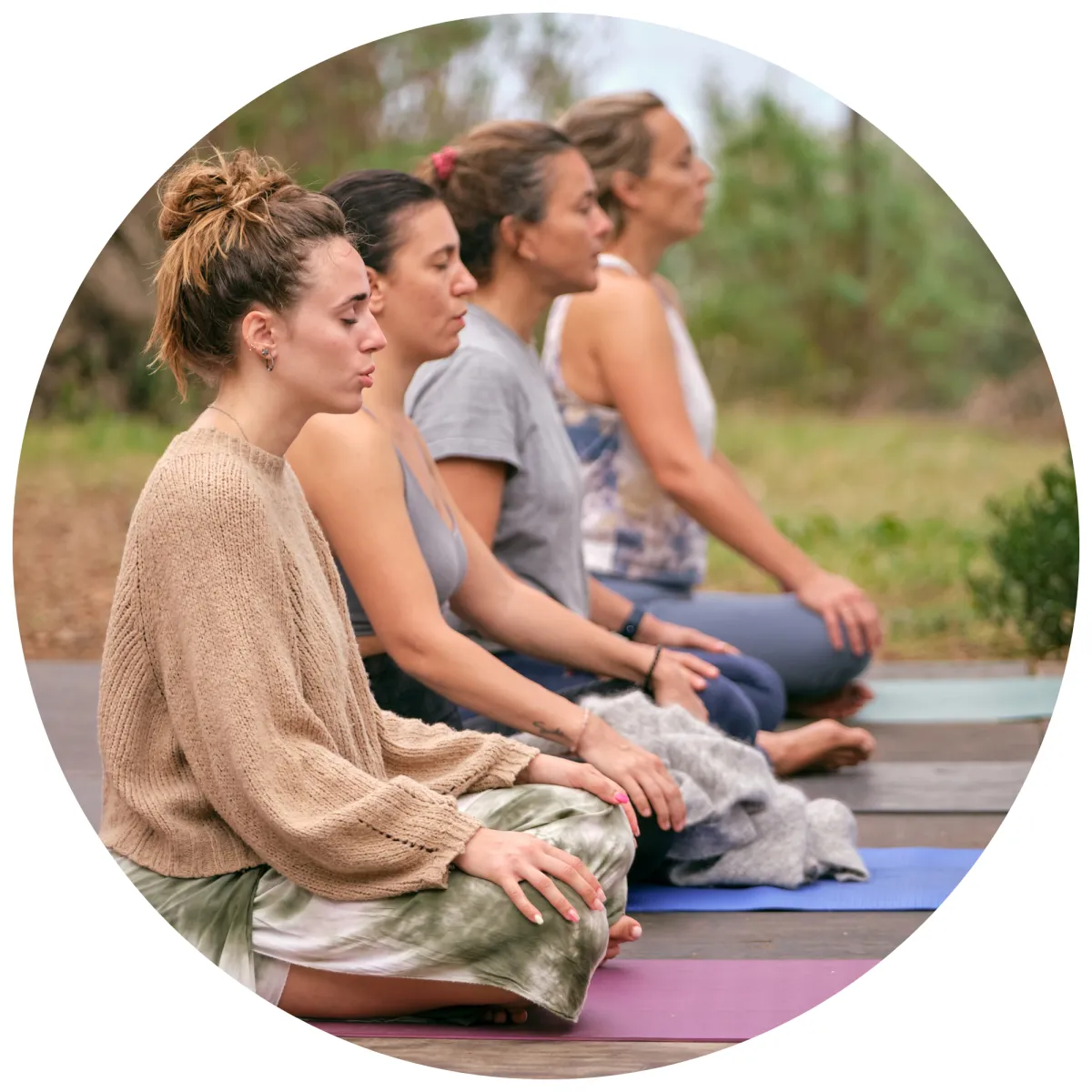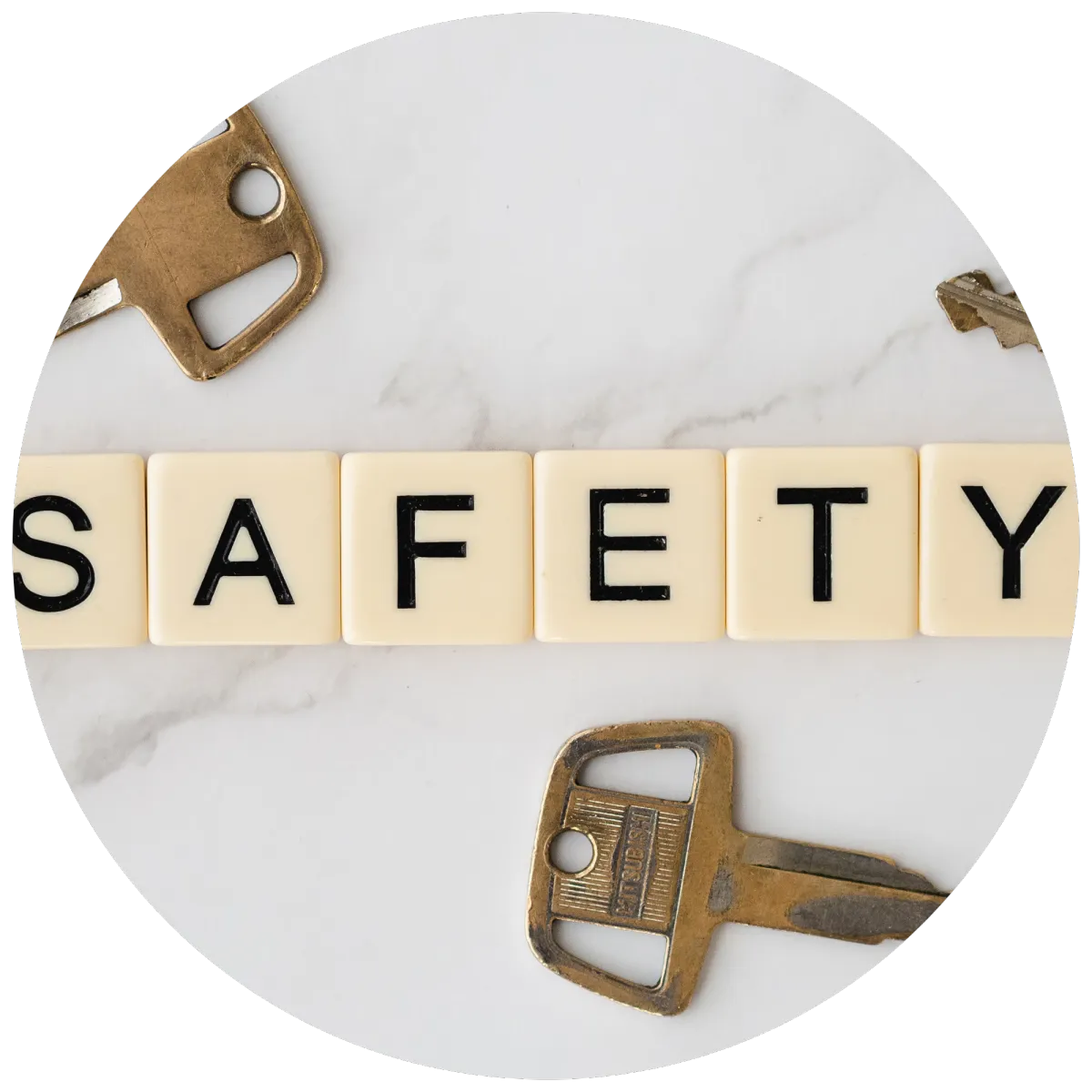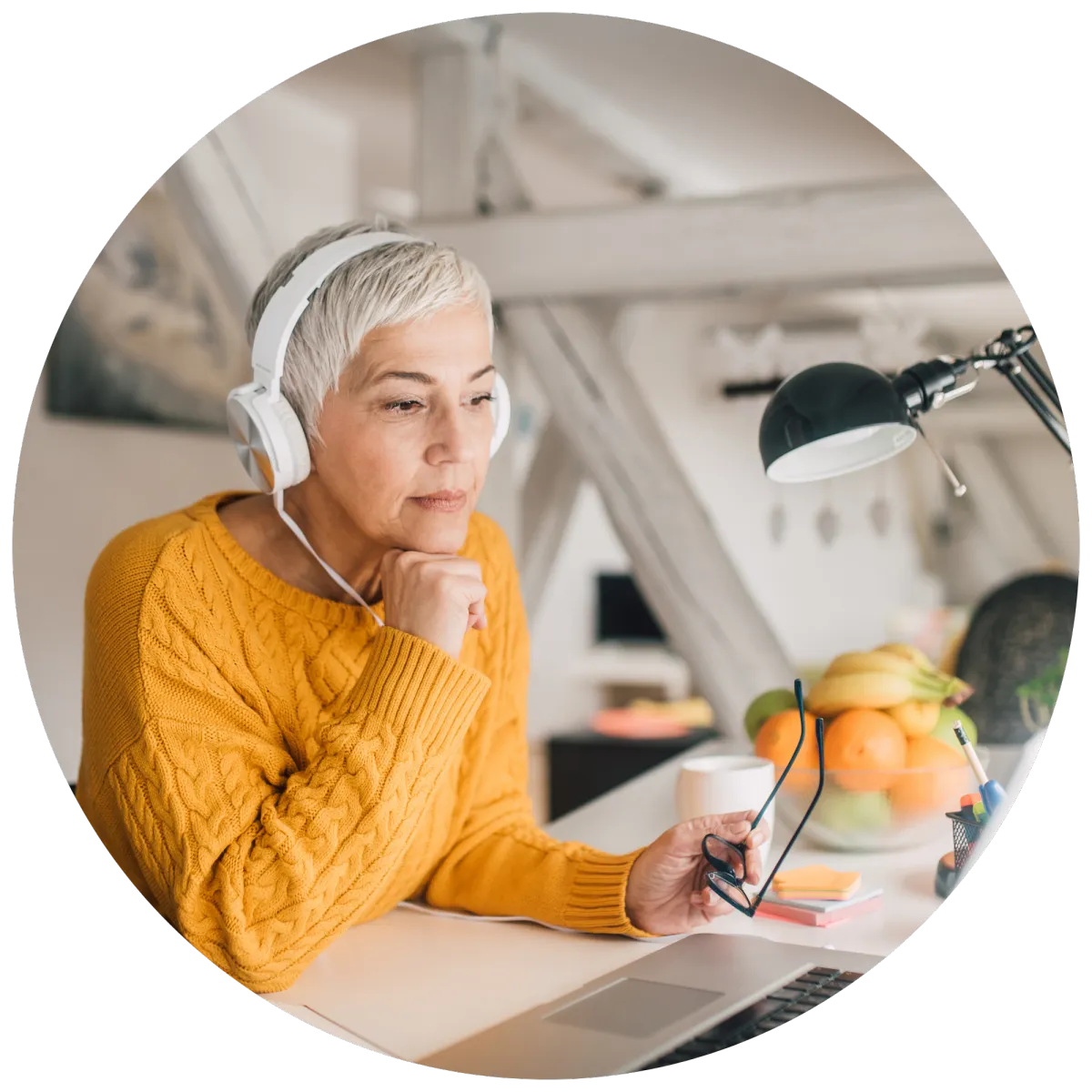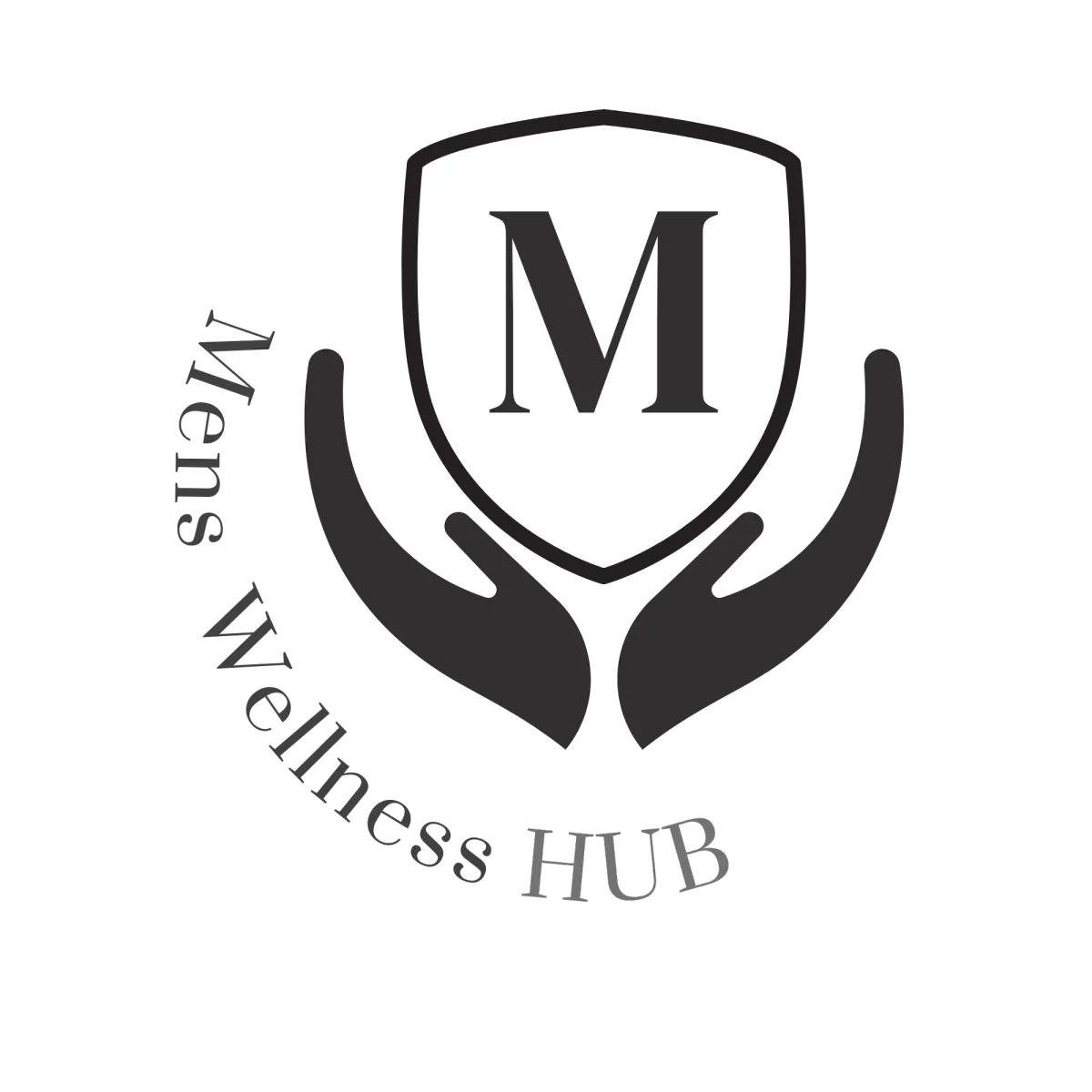Breast Checks: Breast Cancer Support and After Care
Welcome to the
Women’s Wellness Hub

Topics on this Page:
Why check my own breasts?
How often should I do a breast check myself?
Is it ok just to get Dr to do a breast check?
Where go to do them in Australia?
What if I am rural?
What to expect when go to get check?
This web page is designed to be informative and educational. It is not intended to provide specific medical advice or replace advice from your health practitioner.
All about Breast Checks
Why check my own breasts?
Early detection of breast cancer saves lives. Knowing the look and feel of your own
breasts through regular self-checks helps you to detect any changes. Not all
changes will be cancerous but be vigilant and see your GP for advice if you are
concerned.
:max_bytes(150000):strip_icc()/GettyImages-503117005-579a41623df78c32762d03a1.jpg)
How often should I do a breast check myself?
Monthly is good but sometimes it can be as simple as seeing something on the tele
that reminds you or hearing a conversation and you realise you haven’t checked
your breasts for a while. Maybe a friend has just been diagnosed. Use reminders on
your phone if you would like.

Is it ok just to get Dr to do a breast check?
The best way to early detection is really to know the look and feel of your own
breasts. Your Dr may never offer a breast check so really it is up to the individual to
know what is normal for them.

Where go to do them in Australia?
You can ask a GP for a breast examination

What if I am rural?
Your GP, the visiting women's health nurse.

What to expect when go to get check?
You will be asked to remove your clothing from the waist up, including your bra. In a
sitting position you will raise your arms above your head and then possibly be asked
to place your hands on your hips. The GP will be looking for anything that looks
unusual in the shape, size, colour of the breast or nipple.
The GP may then ask you to place your hand on their shoulder and they might feel
under your arm on both sides. This is when they are feeling for your lymph nodes.
You may then be asked to lie down and they may place some gentle pressure on the
breast and feel the tissue.
Some clinicians will feel this in a clockwise pattern and others will sweep the breast.
This may also be done when you are sitting up. Each person that examines a breast
has their own way of examining but this should be done in a private area where the
patient feels comfortable.
You will be asked questions about your breasts at this time as the Drs or nurses are
not familiar with the look and feel of your breasts and may ask if certain features are
"normal" for you. For example, some women have nipple retraction and have had it
all their lives. If this is normal for them a clinician would not be concerned about this,
however if this is a change to one nipple over the past month this would warrant
further investigation.

What if I find a lump?
Lorem ipsum dolor sit amet, consectetur adipisicing elit. Autem dolore, alias, numquam enim ab voluptate id quam harum ducimus cupiditate similique quisquam et deserunt, recusandae.

Should I keep notes or photos of changes?
Lorem ipsum dolor sit amet, consectetur adipisicing elit. Autem dolore, alias, numquam enim ab voluptate id quam harum ducimus cupiditate similique quisquam et deserunt, recusandae.

When Should I askfor a mammogram?
Lorem ipsum dolor sit amet, consectetur adipisicing elit. Autem dolore, alias, numquam enim ab voluptate id quam harum ducimus cupiditate similique quisquam et deserunt, recusandae.

When do I need to have a mammogram?
Lorem ipsum dolor sit amet, consectetur adipisicing elit. Autem dolore, alias, numquam enim ab voluptate id quam harum ducimus cupiditate similique quisquam et deserunt, recusandae.

Will is the procedure going into have a mammogram?
-appointment with nurse
- led into the room for check
- machine involved
- imagery
- how quickly get an answer
- what if asked back?
- what is a biopsy and why?
- what will happen after biopsy
- what happens if they detect cancer
-how do I get a gene checkto see if I have the breastcancer gene? etc

Women's Wellness Hub Directory
Thank you to our wonderful sponsors and ambassadors
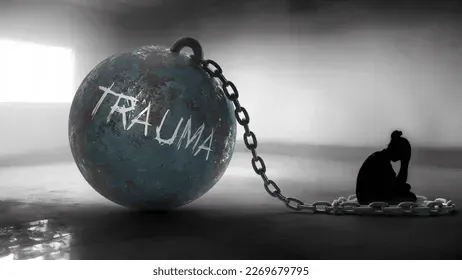
DV trauma can lead to PTSD
Abuse can take many forms, ranging from physical and emotional abuse, sexual assault, verbal abuse, financial/economic abuse, coercive control, and psychological actions or threats meant to harm or influence an intimate partner. It can happen at any age and affects people of all sexual orientations, ethnicities, religions, sexes and socioeconomic backgrounds.
Sadly, abuse victims may experience a wide range of physical and mental health symptoms resulting from domestic abuse trauma, including depression, anxiety, high stress levels, suicidal tendencies, panic attacks, substance abuse disorders, and sexual and reproductive health issues.
When we experience trauma, our brains become micro-focused on what needs to be done next in order to survive - to escape (flight), defend (fight) or immobilise (Freeze). Every other sensory input is essentially put on the back burner while our body and mind dedicates itself to surviving the threat.
Because domestic and family violence is often repetitive and consists of layers of emotional, verbal, psychosocial and/or physical abuse, the compounding affect never enables the mind to have the necessary break to properly process and heal the trauma from one traumatic event to the next, which in turn can cause post-traumatic stress disorder (PTSD).
PTSD is a psychiatric disorder in which a person has difficulty recovering after experiencing or witnessing a terrifying event or due to the compound effect of ongoing trauma.
Symptoms of PTSD are sometimes difficult to establish, as there is often a considerable overlap between PTSD and other mental health conditions but symptoms are normally defined by three overarching categories:
• Avoidance: Avoiding reminders or “triggers” of the traumatic event, such as people, places, smells, sounds, thoughts or events.
• Arousal and reactivity: Sudden inexplicable anger, outbursts, trouble sleeping, always on high alert, hypervigilant, compulsive risk assessment of situaitons, startling easily, paralysing nightmares, or may actually dissociate (check out) shutting down, feeling numb or regularly daydreaming/distant.
• Reliving the event: Being confronted by the emotional trauma of the event suddenly and without an obvious reason, resulting in emotional outbursts, chills, heart palpitations, aggression, extreme anxiety and other symptoms.
Left untreated, PTSD can cause long-term mental health effects, including anger management issues and severe depression and suicidal tendencies, and is believed to increase the likelihood of developing several life-threatening conditions including Type 2 diabetes, heart disease, high blood pressure and substance abuse disorders.
“The likelihood of PTSD increases after a domestic abuse event, and can worsen with recurring exposure to abuse but our patients need to be reassured that the effects can be mitigated through seeking the right support,” says psychologist Sherrin Bell.
Symptoms vary a lot between patients and treating PTSD in domestic abuse victims can be complicated, with no one-size-fits-all treatment. A mental health professional can devise a treatment plan to address specific symptoms but treatment can often be difficult if the patient remains in regular contact with the abuser.
Treatment often involves cognitive behavioral therapy (CBT), which can help victims manage the trauma of their experience. Most CBT based therapies aim to help patients feel safe, regulate their emotions, become more assertive, manage grief and the life transitions that may come with leaving an abuser, and to deal with depression and anxiety. Specialised treatments such as eye movement desensitisation and reprocessing (EMDR) are also reported to be having very successful outcomes for high trauma and PTSD.
Self-care is also really important to the recovery of any level of trauma. In addition to any prescribed medication and receipt of treatment, there are simple lifestyle changes you can make to improve your chance of recovery including:
• Regular exercise to help reduce stress levels.
• Leaning in on a trusted friend or relative for support and resisting the temptation to socially withdraw and isolate yourself.
• Considering what triggers your symptoms and work to better manage or eliminate the triggers and set clear boundaries.
• Get out in the fresh air, listen to great music, work on your sleep patterns, find your passions again avoid alcohol and non-prescribed drugs, eat well and stop the negative self-talk (remember abuse is never the victims fault- ever),
PTSD and high trauma may leave you feeling like you will never recover and return to your former self. But believe us when we tell you that you can move through it and will come out the other side. You need to be kind to you in the process and get the support and therapy you absolutely need. You've got this and it is worth investing in you. x
This site is brought to you by Family Counselling Support Network
Book in directly with one of our professionals today

We are here to help

We are committed to protecting your personal information and respecting your privacy. This website uses cookies to analyze website traffic and optimise your website experience. By accepting our use of cookies, your data will be aggregated with all other user data.
DISCLAIMER: The material contained on this website is for general educational and information purposes only and is not a substitute for professional legal, financial, medical or psychological advice or care. While every care has been taken in the information provided, no legal responsibility or liability is accepted, warranted or implied by the authors or Family Counselling Support Network and any liability is hereby expressly disclaimed. For specific advice please contact us at [email protected]. All information contained on the website remains the intellectual property of Family Counselling Support Network and is for your personal educational use only. The information must not be reproduced or distributed without the express permission of Family Counselling Support Network.
Family Counselling Support Network acknowledges and respects the First Nations Custodians of the land where our offices stand, and where we work to help Australians. We pay respects to their Elders, past present and emerging, lore, customs and creation spirits. We recognise that these lands have always been places of ceremony, teaching, research and learning, and we acknowledge the important role Aboriginal and Torres Strait Islander peoples play in our community.
We are committed to providing an inclusive and accessible environment where people and communities of all identities and backgrounds are accepted, safe and celebrated.
Privacy Policy | Terms and Conditions






